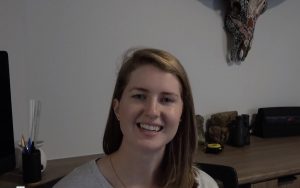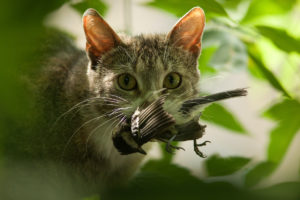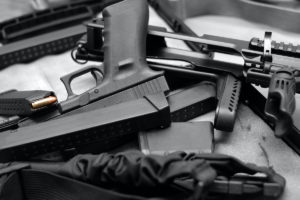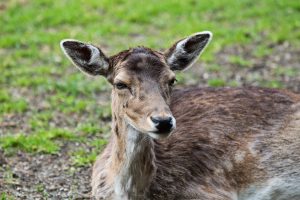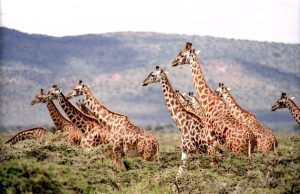Hello cocky
There’s nothing more synonymous with the Australian bush than the raucous calls of a large flock of noisy cockatoos. To hear them coming over the horizon, and watch them descend into a tree or onto a field, is a thing of beauty to the casual observer. But to anyone familiar with the destructive trail such a flock is likely to leave in their wake, it can be the sound of impending doom. Perhaps that’s why the humble cocky is both loved and hated in Australia, depending on which side of its path you are standing on.
You may have seen Rod hunt some sulfur-crested cockatoos in episode 8 of I Am Hunter and wondered why anyone would want to kill a cocky. In this article, we hope to demonstrate the convoluted relationship Australians have with the cockatoo and show why even icons have to be managed.
Known colloquially as the cocky in Australia, there are actually 21 species of cockatoos that are native to Australia, Indonesia and Oceania, with 8 of the 21 species considered endangered or threatened by the IUCN. Ironically, all but one or two of those endangered species live outside of Australia, but perhaps that is why cockatoos are protected under Australian Commonwealth Law – to ensure our iconic avian stars never suffers the fate of its South East Asian and Oceanic cousins.
In this article, we will focus on one of the more common varieties of cockatoo, the sulfur-crested cockatoo (cacatua galerita), which is the species that Rod hunted in the episode and the species most often found in aviaries around the world.
A predominantly white, large-bodied bird with a distinctive yellow crest of feathers on the top of its head, they are listed as a species of least concern by the IUCN, with an unquantifiable population in the wild.
They range in size from 44cm – 55cm (17.5 – 21.5in) and their raucous screeching calls can be heard from quite a distance away.
Cockies are highly intelligent creatures that have been compared to chimpanzees by wildlife experts. They can be taught to talk. In fact, many Australians have fond memories of someone’s backyard cocky being taught to swear and cuss, and yell insults at the neighbours!
They can also be taught to do tricks and even fetch on command. In the wild, their lifespan is between 20 and 40 years, but in captivity, they can live up to 70 years.
Protected under Commonwealth Law, destroying a cockatoo without the correct permits or permissions can carry hefty fines and even jail time.
So if they are so loved and so intelligent, not to mention protected by law, why would anyone want to kill such a spectacular, iconic bird?
Destructive geniuses
Despite their loveable personalities, cockatoos are a well-known agricultural and environmental pest, contributing to more than $300 million in agricultural damages each year.

In the wild, cockatoos thrive on a diet of nuts, seeds, berries, leaves, shoots, roots and bugs. But remember how we said cockies are smart? Well that intelligence means they also adapt quickly to new environments.
They fast learn when the farmer has sown a new crop of plants, and immediately set about undoing his hard work by removing all the seeds from the ground, returning a few weeks later to pick at the tender, young shoots from the seeds they might have missed.
They also have an uncanny ability to determine the precise moment a crop is ready to harvest, often beating the farmer to the punch and harvesting his entire crop for him.
About 9 years ago, we lived on a property that had about 20 almond trees. I spent months thinking about all the things I wanted to do when those nuts were finally ready to harvest. As harvest time approached, I’d walk down every day to check if they were ready. They were so close, I could almost taste them.
But before I even had a chance to harvest a single nut, a large flock of cockatoos flew in, perched in the branches and started breaking open the nuts with their sharp beaks. Within a few hours, they had picked all 20 trees completely clean, and I didn’t manage to salvage a single nut. Not even one!
Now that was just a small orchard of trees that had no commercial value so you could argue no harm, no foul. That the birds simply beat me to the punch.
But imagine the headaches they would cause for a commercial almond farm – one that was perhaps trying to keep up with the popularity of milk alternatives?
Cockies are also happy to gate-crash a party, forcing their way to the front of the dinner line when livestock are being. This not only steals food literally from the mouths of other animals, it also increases the farmer’s overheads, costing him more to feed his livestock during lean times.
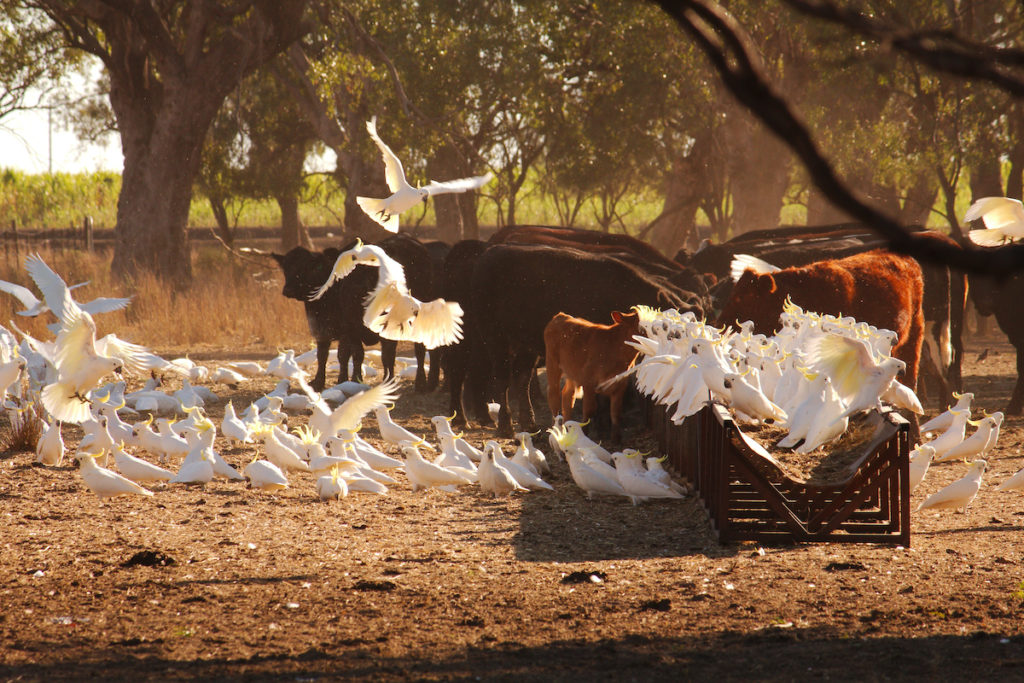
They have been observed lifting the lids on garbage bins in urban areas to see what is inside.
While cockies might love a good farm feed, they are not adverse to some bush tucker.
As you would have seen in episode 8, Craig Murton showed the damage that a large flock of Little Corellas (a smaller version of the sulfur-crested cockatoo) caused to gum trees near his home town in South Australia. From eating the seeds and leaves, to sharpening their beaks on the branches, to stripping bark from the tree itself, massive flocks of Little Corellas are destroying the beautiful old trees around the state, leaving many dead trees in their wake.
This damage then has a flow on effect to the other wildlife and birds that rely on those trees for food sources, shelter and even protection from predators.
Cockatoos are also well known for their sharp, powerful beaks, which they use to break open nuts, shells, pine cones and acorns to get at the delicious treats inside.
To keep their beaks sharp, cockatoos bite into hard surfaces. In the wild, they sharpen their beaks on branches and bark, which can cause damage to young trees and old-growth forests.
On farms and in urban areas, cockatoos sharpen their beaks on any wood or hoodlike structure they happen upon, and have caused untold damage to fences, roofs, decking, telephone poles, sheds, and outdoor furniture. A few years ago, a flock of cockatoos descended on some National Broadband Network (NBN) cables, chewing through the wires and causing more than $80,000 in damages.
Of course, the cocky isn’t alone in being a pest bird. According to the Australian Government’s Bureau of Rural Sciences, around 60 species of birds cause significant damage to agricultural crops each year. And that doesn’t even touch on the damage they can cause if large flocks take up residence around airports.
But wait. Cockatoos are protected. Does that mean they are endangered?
When it comes to conservation status of wildlife species, the answers are rarely simple. Almost all cockatoos in Australia are protected under Commonwealth Law, with the exception of the Little Corella and Galah in South Australia. But protection does not always mean that species is endangered.
That’s why it is better to look at individual sub-species rather than the species as a whole.
Take the sulfur-crested cockatoo as an example. It is so abundant across Australia that their numbers are unquantifiable – ie. they have no possible way to conduct an accurate survey or estimate of the numbers.
However, it’s almost identical twin cousin, the yellow-crested cockatoo (the only difference in appearance is the latter has a yellow cheek as well as plume of feathers on its head) is critically endangered and less than 2500 exist in the wild.
Admittedly, the sulfur-crested cockatoo is native to Australia, while the yellow-crested cockatoo is native to nearby Indonesia, who have very different conservation laws than we do.
But even in Australia, several species of cockatoo are threatened or endangered, including several species of black cockatoo.
Craig showed the damage Little Corellas are causing near his hometown in South Australia. Perhaps that’s why the South Australian government allows recreational hunters to help manage their numbers on private land.
Almost all wildlife species need to be managed to ensure their populations do not increase too rapidly and cause too much damage.
For the most part, the management of cockatoos falls to the government, with some backup from farmers.
Throughout Australia, government departments undertake culling programs to reduce cockatoo flocks in state and national forests, and to keep populations under control in urban areas and around airports and vital infrastracture.
Farmers can also apply for crop protection permits to cull cockatoos if they can show that large flocks exist nearby and are causing significant damage to either crops or farm infrastructure. That’s how Rod came to have all the necessary permits in place to legally shoot cockatoos in the episode.
While it was only two birds, and the rest fled the scene after the first shots were fired, the aim is (at least in theory) to scare the flock enough that they’ll be less likely to return in a hurry. Of course, that flock is more than likely just going to head to the neighbouring farm and harass his crops, or worse, head into suburbia to cause damage where the owners have no recourse.
The only way to really impact cockatoo numbers is with larger scale culls, but that’s not always easy to arrange when there is so much emotion involved with the target species.
What is I Am Hunter?
I Am Hunter wants to change the way hunting is perceived and to change the conversation from a negative one driven by anti-hunters to a positive one led by hunters.
Our goal is to help hunters become positive role models and ambassadors for hunting, while simultaneously helping non-hunters understand why hunting is important.
You can become a supporter and help us achieve our goal and spread a positive message about hunting with the wider community.
Related content
Our other channels
Get our newsletter
Get our free monthly newsletter direct to your inbox
Listen on iTunes
Listen to our podcast on iTunes.
TV series
Watch I Am Hunter episodes on My Outdoor TV (MOTV)


